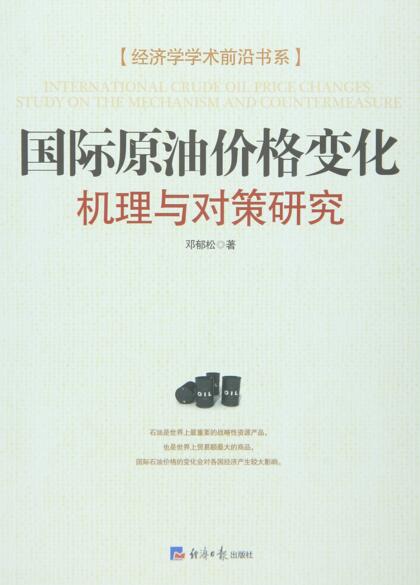Global Crude Oil Price Changes: Research on Mechanisms and Policy Options
Aug 01,2018

By Deng Yusong, Development Research Center
2016-9-1
According to the theory of Barriers to Entry, a barriers-to-entry model is established for the oil market in light of the characteristics of oil resource. By way of the dynamic game theory based on barriers to entry and business strategic behaviors, this study researches into the characteristics of non-renewable resources, analyzes the optimal strategies of OPEC, and explains theoretically the reason why OPEC shifts from high-price strategy to market-share-prioritized strategy; the study further concludes that OPEC will continue to adopt the market-share-prioritized strategy for the near and medium term. Using the barrier-to-entry model of the oil market, it examines the history of price changes of top-ranking crude oil, and holds that due to the synergy of industrial barriers and policy barriers, pricing mechanisms are asymmetric to non-OPEC countries in their effort to increase production capacities, namely the price surge of top-ranking crude oil will spur non-OPEC countries and oil consumers to increase inputs into exploration and development of oil substitutes, but the price fall of the top-ranking crude oil will not force the low-quality and high-cost oil resource capacities of non-OPEC countries out of the market. Through the barrier-to-entry model for the oil market and on the basis of behavioral analysis for market participants, this paper makes situational analysis on the long-term trends and short-term fluctuations for the future top-ranking crude oil price changes.
This book includes seven chapters. Chapter 1 is the introduction. Chapter 2 is mechanism analysis of the global crude oil price changes: theoretical overview. Chapter 3 explains barriers to entry, market mix and global crude oil price changes. Chapter 4 is empirical analysis of the global crude oil price changes. Chapter 5 illustrates the influence of global crude oil changes on economy and responding strategy options. Chapter 6 introduces barriers to entry and global crude oil price trends. Chapter 7 explores China’s countermeasures in response to the global crude oil changes.














